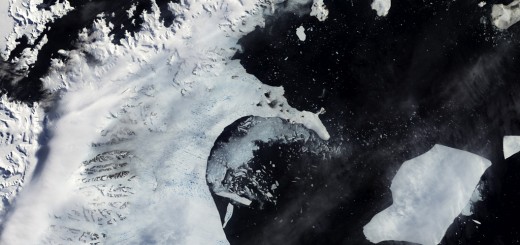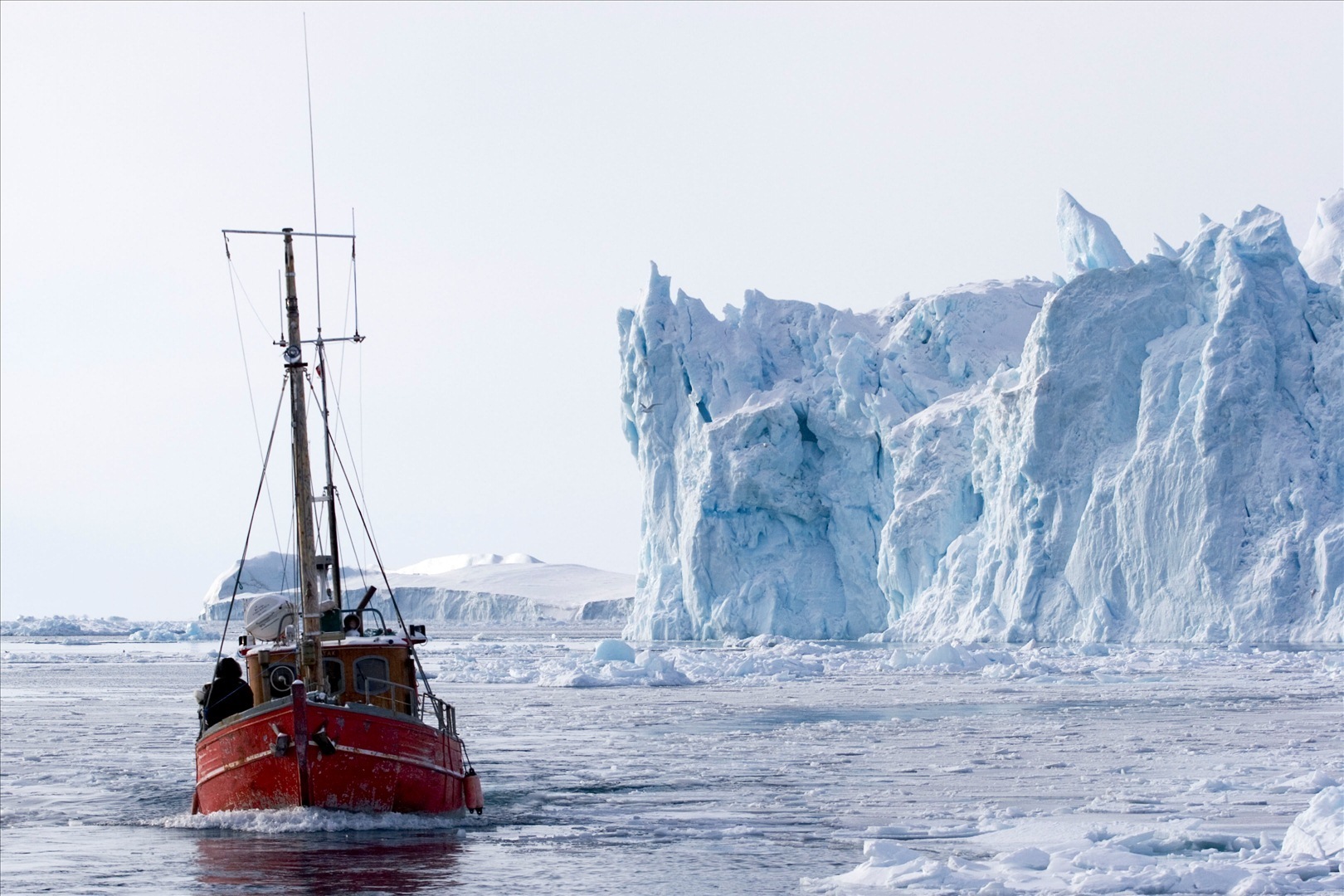Flash Freeze Ices Great Lakes
0The amount of ice cover on Lake Michigan has nearly doubled in the past seven days, according to data from the Great Lakes Environmental Research Laboratory. But it still has a ways to go to catch up with Lake Erie, which sits at nearly 96 percent covered.
“It’s interesting to note that this year Lake Erie is about 95.5 percent ice covered. Last year it was about 92 percent ice covered, so a little bit more this year,” said George Leshkevich, physical scientist at the GLERL to WTMJ Radio in Wisconsin. “It’s the same with Lake Ontario, which is 36 percent ice covered…and in 2014, it was 34 percent.”

The Great Lakes in January 2015. (Credit: NASA Goddard Space Flight Center via Flickr)
Lakes Erie and Ontario have higher ice cover this year than they had during the same time last year, which is helping to support the Great Lakes overall ice cover of 58 percent. That is a substantial covering, but comes in below the 80 percent coverage that was achieved this time last year due to the polar vortex.
Instead of a slow and steady build-up, much of the ice cover this year came about during a flash freeze in early January:

Lake Erie’s flash freeze in January 2015. (Credit: National Oceanic and Atmospheric Administration)
What more is in store for Great Lakes ice this year? The Detroit Metro Times reports that February is typically the peak of lake freezing season, so higher levels of ice may be hard to come by.
“The ice is starting to build now on the lakes, so we’ll see what happens,” said Leshkevich to WTMJ.
As for Lake Superior, it sits at about 86 percent ice cover, while Lake Huron is around 87 percent covered.













